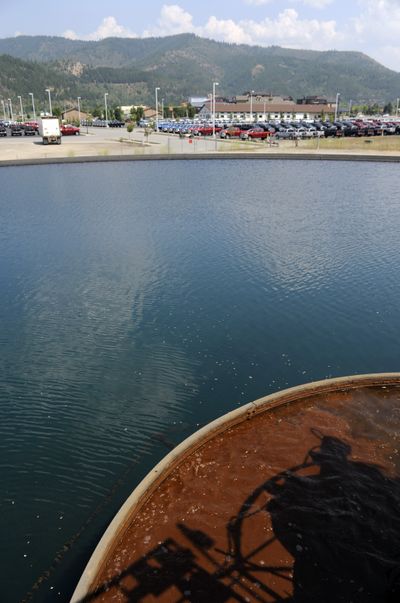Idaho to oversee $50 million endowment for mining, water cleanup

BOISE – Idaho’s state endowment fund has been showing strong returns, so state officials had no qualms this week about putting the board that oversees the fund in charge of a new $50 million endowment designated to pay for a water treatment plant to help clean up mining contamination in the Silver Valley.
The $50 million comes from Hecla Mining Corp. as part of a settlement of a Superfund lawsuit covering multiple companies and a wide swath of the Coeur d’Alene Basin where a century of mining spread contaminants.
Under the plan, the federal Environmental Protection Agency will use $15 million of the funds to expand an existing water treatment plant in Kellogg and operate the plant for the next five to 10 years, until those funds are spent. The Idaho Department of Environmental Quality will then take over and use the investment earnings from the remaining $50 million to operate the plant.
Idaho’s five top state elected officials, sitting this week as the state Board of Land Commissioners, approved setting up the new endowment fund under the direction of the Endowment Fund Investment Board. That’s the group that now oversees the investment of the state’s $1.7 billion permanent endowment, whose earnings largely benefit the state’s schools.
So far this year, Idaho’s endowment fund has gained 17.5 percent from investment earnings. The endowment’s earnings have been strong enough that it’s built up five years of reserves, so for the first time in several years, the annual distribution to Idaho’s public schools next year is expected to rise slightly, from $31.3 million to $31.5 million.
The Central Treatment Plant in Kellogg originally was developed by the Bunker Hill Mine to treat wastewater coming out of the mine, which it still does, but now it’s operated by the EPA. The EPA plans to expand it, likely by 2016, to also collect mining-contaminated groundwater in the area and pump it to the plant for treatment; the idea is to improve the water quality in the South Fork of the Coeur d’Alene River. No river water will be piped to the plant – just groundwater.